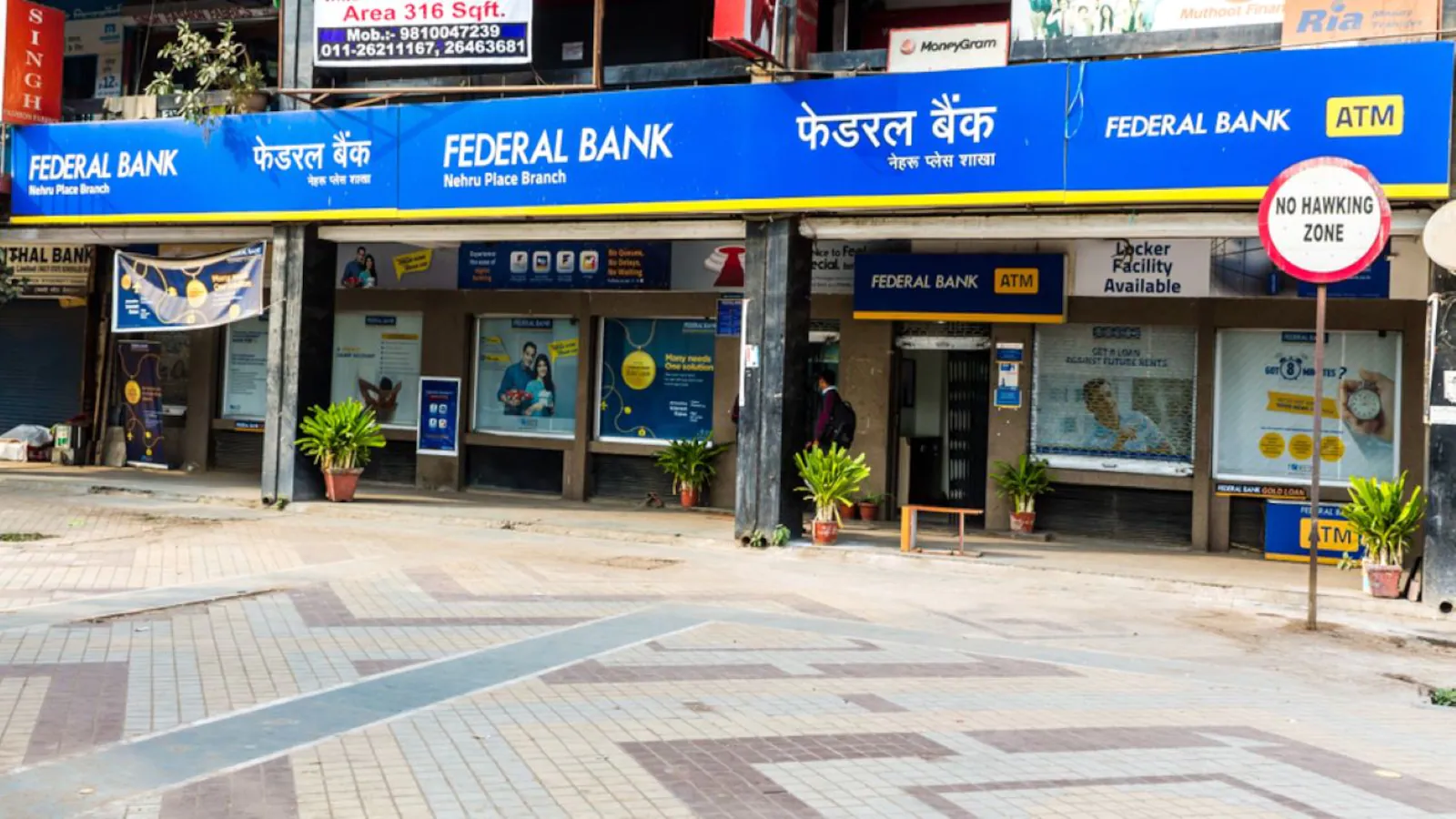Federal Bank: Deposit Rate Hike Aims at Balance Sheet Expansion
Source and citation: News article published on Jan 18, 2024
Table of Contents
ToggleAnalysis of this news for a layman
Federal Bank has recently raised interest rates on savings account deposits by 0.25%, offering 7.75% for regular individuals below Rs 2 crore deposits and 8.25% for senior citizens. This move is part of the bank’s strategy to attract more funds from savers and depositors. The funds collected through deposits are utilized for lending to borrowers at higher loan rates, allowing banks to target growth in deposits to support credit expansion.
However, it’s important to note that paying higher interest to depositors increases the bank’s funding costs, potentially squeezing margins. Federal Bank’s decision indicates a focus on deposit mobilization to support stronger loan book growth in the coming quarters.

Impact on Retail Investors
For retail investors in Federal Bank, the deposit rate hike decision aims to fuel further balance sheet expansion. Growing deposits enables the bank to accelerate areas such as retail loans, SME project finance, and corporate lending. While this signals confidence in credit growth opportunities, investors should monitor the impact on net interest margins due to higher deposit costs.
Potential pressure on net interest margins could limit the bottom-line gains from loan growth. Additionally, any deterioration in asset quality or a rise in credit costs poses risks that could negate the benefits of higher advances, especially amid economic uncertainties. While deposit mobilization supports topline growth, it also raises cost and asset quality sensitivities requiring close monitoring.
Impact on Industries
Federal Bank’s deposit rate increase can have wider sectoral influences across various industries:
- Banking: More banks may raise deposit rates to retain savings, increasing sector funding costs.
- NBFCs: Higher bank deposit rates lead to increased interest on funding instruments, raising overall borrowing expenses.
- Consumption: Higher retail deposit rates encourage household savings, potentially dampening consumer spending on discretionary goods and services.
- Real Estate: More attractive deposit options could divert savings away from physical assets like gold and property.
- Exporters: The interest rate differential between India and developed markets narrows as rates rise, reducing attractiveness for currency carry trades.
The cascading impact will be observed in sectors relying on borrowed capital, including banks, NBFCs, and businesses, adding to input cost pressures.
Long Term Benefits & Negatives
The long-term impact of Federal Bank’s decision has wider implications:
Positives:
- Helps channel higher household savings towards financial instruments.
- Supports financial inclusion as more citizens access bank deposits.
- Funds capital formation and GDP growth by making more money available for lending.
Negatives:
- Risk of overheating if aggressive deposit competition leads to reckless lending.
- Eventual tighter monetary policy due to heightened banking system liquidity.
- Burdens banks’ margins if wage and deposit rate pressures persist.
Prudent regulation can promote stability while optimizing financial access potential. However, excessive liquidity risks fueling asset bubbles and reckless underwriting down cycles.
Short Term Benefits & Negatives
In the near-term outlook, Federal Bank’s decision poses trade-offs:
Positives:
- Supports deposit mobilization in the current quarter.
- Expands loan growth capacity over the next few quarters.
- First-mover advantage in cornering liquidity.
Negatives:
- Rapid system deposit growth risks loose underwriting.
- Margin pressures may build if rate actions cascade.
- Asset quality uncertainty amidst global weakness.
While positive for near-term growth, uncontrolled deposit accumulation risks asset bubbles and bad loan surges down cycles. Moderation warrants consideration to avoid future challenges.
Potential Impact of Federal Bank Deposit Rate Hike
While Federal Bank’s move directly affects its own deposit base, it also sends ripples across the banking sector and influences other companies. Here’s a breakdown:
Indian Companies likely to gain:
- Competing banks with similar rate offerings:
- South Indian Bank: Offers competitive deposit rates, similar clientele to Federal Bank, could see increased deposit inflows.
- Karur Vysya Bank: Another regional bank with attractive deposit schemes, might benefit from customers seeking higher returns.
- Fixed income mutual funds:
- HDFC Fixed Income Opportunities Fund: Invests in high-yielding debt instruments, increased deposit rates could potentially benefit such funds.
- Aditya Birla SL Debt Fund: Similar focus on high-yielding debt, could attract investors looking for income opportunities.
- Companies reliant on retail savings:
- Financial services companies: Bajaj Finance, LIC Housing Finance, etc., benefit from increased retail savings for potential loan disbursements.
- Consumer goods companies: Increased household savings might lead to higher spending on discretionary items, benefiting companies like Hindustan Unilever and Titan.
Indian Companies likely to lose:
- Federal Bank itself:
- Increased interest rate payouts might put pressure on margins, especially if lending rates don’t rise proportionately.
- Smaller deposit base compared to larger banks might limit the benefits of attracting new deposits.
- Banks with lower deposit rates:
- Small private banks and NBFCs: Might struggle to compete with Federal Bank’s attractive rates, potentially losing deposits.
- Public sector banks with fixed government-mandated rates: May not be able to offer similar rates, potentially losing out on competitive advantage.
Global Companies unlikely to see major direct impact:
- Limited direct effect on global companies as the news primarily concerns the Indian banking sector. However, global investors with Indian equities in banks or related sectors might be affected by changes in market sentiment.
Market Sentiment:
- Mixed near-term: While some banks might benefit from rising deposit rates, others might face pressure. Overall, the news could add to uncertainty in the banking sector.
- Focus on deposit rates: Increased competition for deposits might lead to further hikes across the banking sector, impacting interest rate sensitivity in the market.
- Potential impact on lending rates: If banks raise deposit rates significantly, lending rates might also rise, affecting borrowers and companies reliant on credit.
Disclaimer: This analysis is based on the provided information and should not be considered financial advice. Please consult a qualified financial advisor before making any investment decisions.